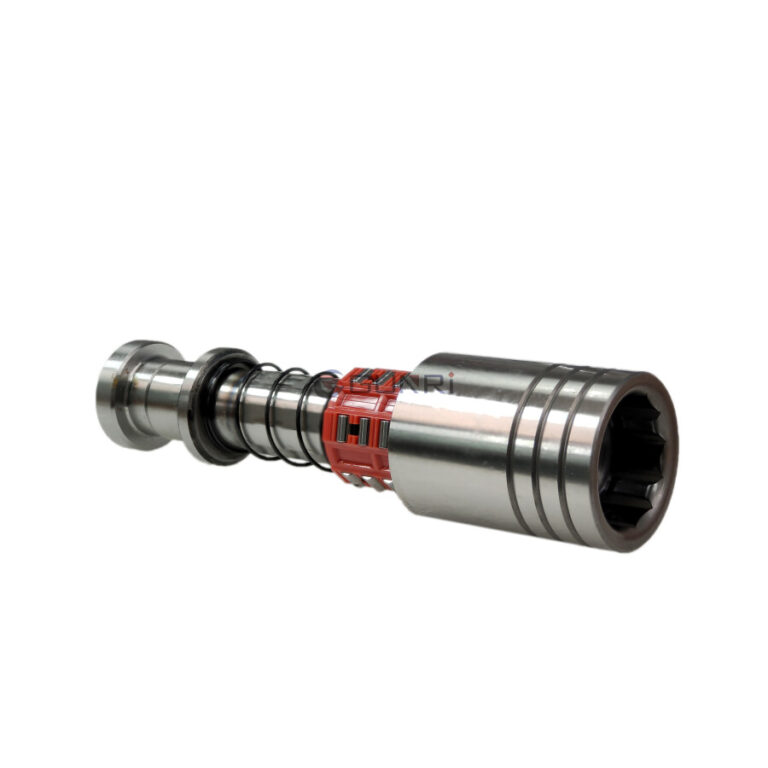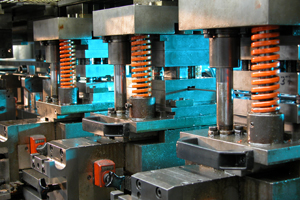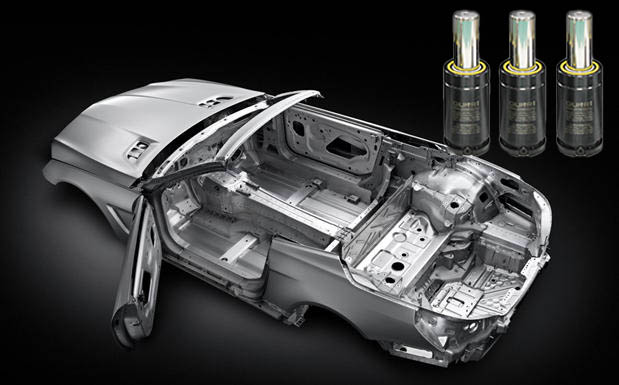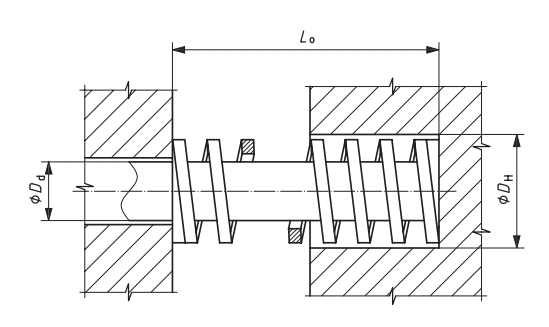Differences Between Stamping and Plastic Molds
Stamping molds and plastic molds are two distinct types of molds utilized in various manufacturing processes. Understanding their differences and applications is crucial for efficient production and high-quality products. In this comprehensive guide, we will delve into the world of stamping and plastic molds, exploring their materials, manufacturing processes, production efficiencies, and suitable scenarios.
Stamping Molds
Stamping molds are instrumental in the stamping process, primarily designed for shaping metal components. This process typically employs two metal plates to shape parts from sheet metal. Here, we will dissect the characteristics and applications of stamping molds.
- Materials: Stamping molds are predominantly composed of metal materials, such as steel or alloys, due to the rigorous demands of shaping metal components.
- Manufacturing Process: The fabrication of stamping molds requires advanced machinery and precise machining techniques. The complexity of crafting these molds is relatively high, as they need to withstand significant pressures and impacts.
- Production Efficiency: Stamping molds excel in mass production scenarios. Their high precision and durability allow for continuous and efficient manufacturing of metal parts. They are ideal for large-scale production processes.
- Applications: Stamping molds are commonly used in the automotive industry, appliance manufacturing, and aerospace sector, where high-volume production of metal components is essential.
Plastic Molds
Plastic molds are tailored for plastic injection processes, providing the framework for shaping plastic components. These molds can be made from plastic or metal materials, and they play a pivotal role in various industries. Here, we will delve into the intricacies of plastic molds.
- Materials: Plastic molds can be constructed from either plastic or metal, offering flexibility in terms of material selection. Plastic molds are often favored for short-run production, while metal molds are preferred for longer production cycles due to their durability.
- Manufacturing Process: Crafting plastic molds is a more straightforward process compared to stamping molds. While precision is still essential, the complexity is lower, making plastic molds more accessible to manufacture.
- Production Efficiency: Plastic molds are well-suited for smaller production runs and prototyping. Their ease of modification and relatively quick setup time make them suitable for custom or limited production needs.
- Applications: Plastic molds find application in industries like consumer goods, electronics, and medical devices, where the demand for intricate and customized plastic components is prevalent.
Key Differences
Now that we’ve explored the individual characteristics of stamping and plastic molds, let’s highlight the key distinctions between the two:
- Material Choice: Stamping molds primarily use metal materials, whereas plastic molds can be crafted from both plastic and metal, offering versatility.
- Manufacturing Complexity: Stamping molds demand higher precision and involve more intricate machining processes, while plastic molds are comparatively simpler to manufacture.
- Production Efficiency: Stamping molds are best suited for large-scale production due to their durability and precision. Plastic molds are ideal for smaller production runs and custom applications.
- Applications: Stamping molds excel in industries requiring mass production of metal components, while plastic molds cater to sectors needing customized plastic parts and prototypes.
Consult Gunri for Mold Components
Gunri, a leading provider of mold components, is committed to ensuring the success of your manufacturing projects. With a wide range of offerings and a reputation for reliability, Gunri is your go-to source for mold components.





